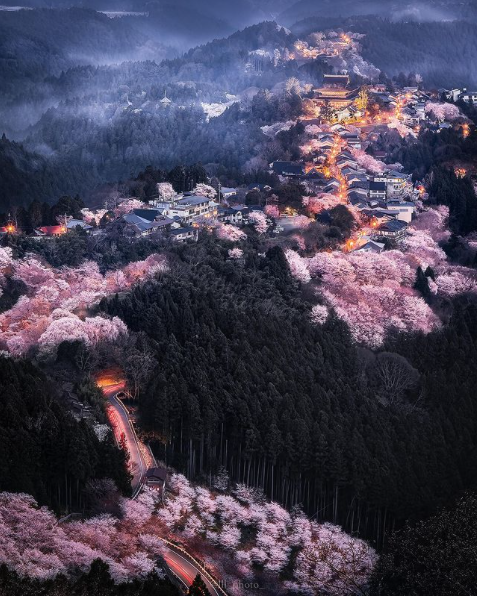Click HERE for the making of Shogun
Click HERE for the video: Chapter 1 Honoring Authenticity

Pink snowflake cherry blossoms drifting on a gentle breeze. In traditional kimonos, Patricia, Toby, and their wedding entourage quietly enter a Shinto shrine. April 6, 2019... This blog became a guide for those traveling to the wedding and for anyone traveling to Japan for the first time. Find April 2018 on the Blog Archive for Tip #1 to begin preparations for a journey where the signposts are unfamiliar, where the new worlds you see reveal elements in yourself that you never knew existed.
Kyoto is often considered the best city in Japan to view the impressive fall foliage, thanks in part to the large number of traditional temples with sprawling, forested grounds
Although internationally known as a bustling metropolis, Tokyo is also packed with green spaces such as parks and gardens ideal for Momijigari. Some of the most popular include:
Those wishing to experience Momijigari in Japan are advised to start planning their autumn around 6 months in advance of travel, particularly if they wish to visit the major cities for fall leaf viewing.
As during the cherry blossom in the spring, accommodation in Tokyo and Kyoto can fill up quickly for the fall foliage season, so it’s advisable to make reservations as soon as travel dates are known.
TAKUMI: You become a takumi when as A craftsman with a highly dedicated 60,000 hours of training and experience.
We will put together a takumi pilgrimage across Japan: to include Gassan Sadatoshi, the chef at Miyamasou in Kyoto, ... ...
OMOTENASHI @ 22:57 The Japanese form of unparalleled hospitality founded on a sense of gratitude and mindfulness.
Find your own form of omotenashi.
LEXUS 39:29
“genchi genbutsu,” or “go and see for yourself.”
Shu-Ha-Ri: The Wisdom to Achieve Mastery
Once you find a blog that captures your interest, you can be notified when a new post is added.
Click HERE: for detailed instructions.